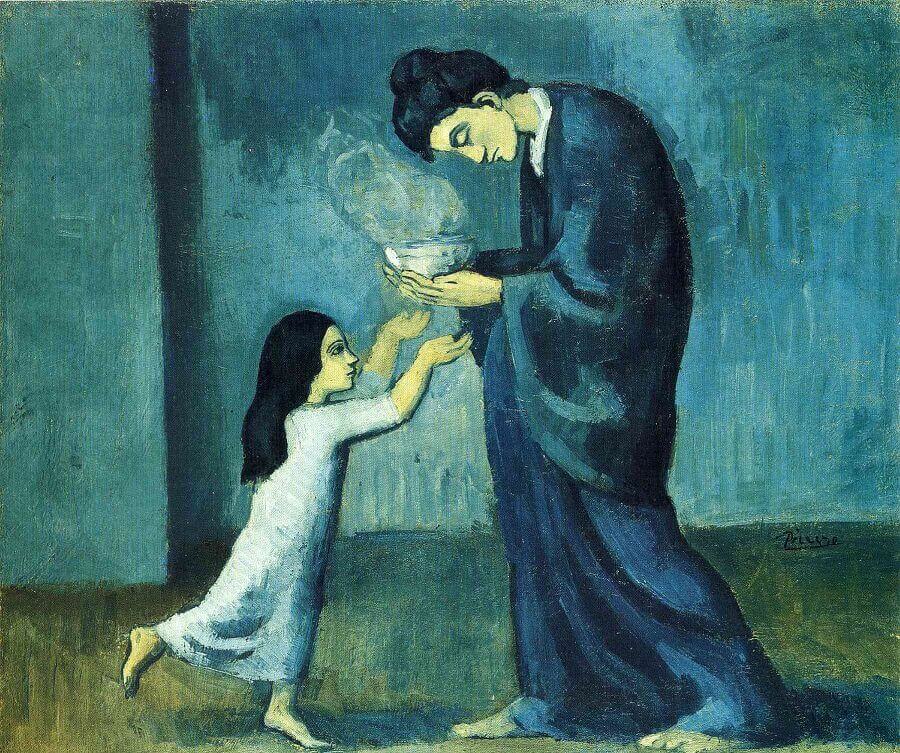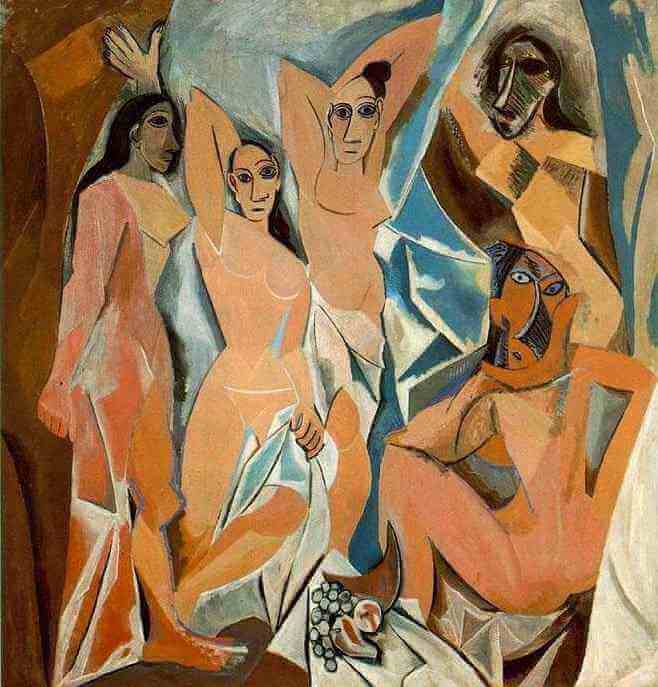Cover photo from cnn.com
The birthday of Pablo Picasso is October 25, and if you’re not familiar with the name, Pablo Picasso is one of the most acclaimed artists in his time, particularly of the 20th century. Painting was said to not only be his forte, rather he also created works in sculpting, ceramics, etching art, writing, and printmaking. Perhaps you may have heard of Pablo Picasso before and are considering placing a copy of one of Pablo Picasso famous paintings in your Cavite house and lot. If that is the case, then this blog may benefit you.
Notable Works of Pablo Picasso
Guernica

Photo from pablopicasso.org
The Guernica is one of the works of Pablo Picasso that is acclaimed as a striking commentary on social issues. The work was made particularly out of oil paint created on a large canvas, and uses a combination strong dark and white lines, shapes, and figures. Critics interpret this artwork to posit an anti-war perspective, serving as an artistic protest to the bombing of Guernica in 1937.
The images on the oil painting aim to embody violence, disorganization, chaos, and mayhem; and interpretations of these images include fire, a wounded stallion, a panicking woman, and a dead infant. The use of such extreme imagery is purposed to push even further the anti-war message present in the oil painting. If you are interested in placing art in your Cavite house and lot that serves as striking social commentary at the time of modern art when Picasso aimed to portray an anti-war message, then this painting may interest you.
The Soup

Photo from pablopicasso.org
The Soup is a primary example of one of the artistic phases that Pablo Picasso underwent, which has been labelled the “Blue Period.” The Blue Period, noted to have lasted from 1901 to 1904, was a time in the life of Pablo Picasso where all of his artworks embodied gloominess through the excessive use of the color blue and its shades.
This is interpreted by historians as a byproduct of the depression of Pablo Picasso during that time period caused by the suicide of one of his friends. For The Soup in particular, it is interpreted to be a portrayal of the “miserable conditions” observed by Pablo Picasso in Spain during the time when he was reaching adulthood. For this artwork, and for many artworks produced in the Blue Period, there is a common use of imagery symbolizing “blindness, destitution, and old age.”
La Vie

Photo from pablopicasso.org
The La Vie is a large artwork created by Pablo Picasso that utilizes a somber color palette. This painting in particular is interpreted to be the culmination of the Blue Period of Pablo Picasso. The color palette and the poses of the figures in the artwork definitely give off the impression that it is from the Blue Period of Pablo Picasso.
The artwork is interpreted to strongly portray the them of loneliness. In the background of the painting there are two people huddled on the floor, interpreted to have derived inspiration from the Sorrow by Vincent Van Gogh. Taking up much of the painting is a nude couple who seems to be interacting with a mother carrying her infant. Interpretations of this painting mention that the painting is an “allegory of profane and sacred love” symbolized by a “working class couple facing the hardships of life.”
Large Nude in a Red Armchair
Large Nude in a Red Armchair is one of the many works of Pablo Picaso that are inspired by his past relationships with women. The Large Nude in a Red Armchair, in particular, is interpreted to be primarily inspired by the experiences of Pablo Picasso with his first wife, Olga Khokhlova. For much of the romantic relationships that Pablo Picasso had with women, he ended up receiving some form of trauma in one way or another.
For the context of this artwork in particular, it is said that Pablo Picasso has made several paintings inspired by his first wife as well. The striking observation that was found is that in the earlier paintings inspired by Olga, the depiction of his first wife is interpreted to be “sentimental and elegant.” The Large Nude in a Red Armchair is one of the later paintings of his first wife; and it is observed in the picture that there is a a big difference in the use of color palette compared to the earlier works. A more dull and saturated color palette is observed for this artwork, and there is an unsettling vibe coming from the figure of the depiction, particularly with how the mouth is hung open.
Les Demoiselles D’Avignon

Photo from pablopicasso.org
The Les Demoiselles D’Avignon by Pablo Picasso is another one of his giant oil paintings that serve to portray societal issues, which can be found at the Museum of Modern Art in New York. Looking at the picture itself can we observe figures that seem to represent a handful of women doing peculiar poses. The context of this oil painting is that it is portraying five naked Barcelonian prostitutes.
The oil painting is a commentary of the Red Light District, a section within urbanized areas that are filled sex work businesses such as adult theaters, brothels, and strip clubs. The figures of the prostitutes depicted on the oil painting possess sharp geometry, which is interpreted to be intentional in order to convey a disjointed and unsettling aura from the prostitutes; this is perhaps alludes to the concept of impurity being associated with the figures presented in the oil painting.
Ma Jolie

Photo from pablopicasso.org
Much of the works of Pablo Picasso are inspired by his experiences and observations of society. Ma Jolie, in particular, was inspired by the experiences of Pablo Picasso in a Parisian music hall that he frequently attended. The translation of Ma Jolie is “my pretty girl,” and it is a refrain of one of the songs that played in the aforementioned music hall.
The imagery of the artwork is observed to make strong use of shapes and figures that greatly resemble musical instruments and notes. For example, upon scrutinizing the seemingly vague shapes that make up the artwork, interpreters have observed there to be a shape of a guitar that is being strung by fingers connected to an elbow. The elbow, in particular, is then connected to what seems to be some disfiguration of a smile blended into clashing planes and lines.
If you are looking to place famous abstract art in your Cavite house and lot, then this artwork should be worth considering.
Read more: Art Galleries to Explore in South of Metro Manila


